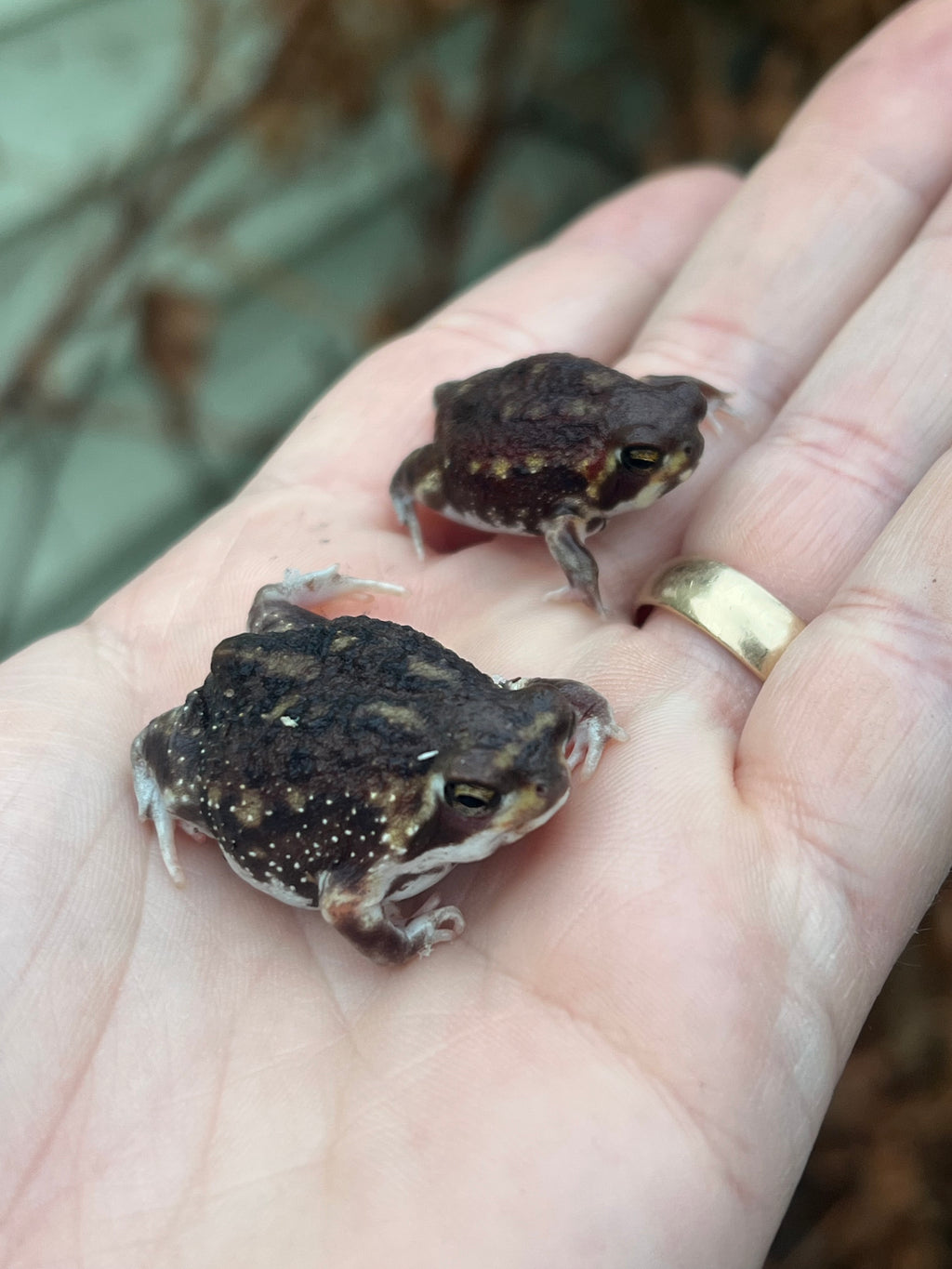Looking For Rain Frog for Sale? Locate Your Perfect Amphibian Friend Below!
Looking For Rain Frog for Sale? Locate Your Perfect Amphibian Friend Below!
Blog Article
The Best Reptile Enclosures: How to Create the Ideal Habitat
Creating the ideal habitat for reptiles is not nearly placing them in a tank or enclosure; it involves a thoughtful consideration of various factors that add to their overall health. From the dimension of the unit to the kind of substratum utilized, every aspect plays an important function in offering an environment where your reptile can thrive. By understanding the specific requirements of your reptile types and executing the right environment arrangement, you can guarantee their health and wellness and happiness in bondage.
Picking the Right Room Size
When selecting an unit dimension for reptiles, it is imperative to consider their all-natural actions and room needs to ensure their health and wellness. When it comes to habitat room, different reptile species have differing requirements. Arboreal varieties like chameleons or tree serpents require upright area for climbing up and setting down, while terrestrial varieties such as bearded dragons or leopard geckos need even more floor room for checking out and thermoregulation. Aquatic turtles like red-eared sliders require enclosures with both water and acreage for swimming and basking.
A general guideline of thumb is to give ample room for the reptile to display natural habits, such as basking, concealing, climbing up, and foraging. By very carefully taking into consideration the specific needs of the reptile species in question, owners can create a suitable and enhancing habitat that promotes overall well-being and encourages natural habits.
Establishing Appropriate Heating Aspects
To make sure the wellness and health and wellness of reptiles in their rooms, it is vital to very carefully establish up appropriate burner. Reptiles are ectothermic creatures, suggesting they count on exterior warm sources to regulate their body temperature. When establishing up burner in a reptile enclosure, it is essential to consider the details temperature level demands of the species you are looking after. Various reptiles have varying temperature requires based on their all-natural environment, so it is essential to research and recognize these demands.
One effective and typical burner for reptile enclosures is a warm lamp or ceramic warm emitter. These heat sources can be made use of to produce a temperature gradient within the unit, enabling reptiles to relocate between warmer and cooler locations as needed. In addition, under-tank heating pads or warm floor coverings can be utilized to give tummy warmth, which is particularly valuable for reptiles that need added warmth to help in food digestion.
Keeping track of the temperature within the unit making use of a thermometer is important to make certain that the burner are preserving the proper temperature level array for your reptile. Routinely inspect and change the home heating components as required to develop a comfy and healthy and balanced environment for your scaly buddy.
Choosing Appropriate Illumination Fixtures

Providing the Ideal Substrate
Choosing the proper substrate is vital for developing a comfy and appropriate environment for reptiles in their units. Some reptiles, such as desert-dwelling varieties like bearded dragons, prosper on substrates like calcium sand or reptile carpet, while others, like round pythons, prefer coconut husk or aspen bedding to keep moisture levels.
Avoid substratums that can cause impaction, such as loosened substratums like sand or gravel, especially for reptiles recognized to ingest their bed linen. Routinely cleansing and replacing the substrate is vital to make certain a clean and sanitary atmosphere for your reptile.
Decorating for Enrichment and Convenience
Considering the substrate's duty in offering a structure for all-natural habits and keeping an appropriate environment, improving the reptile unit with proper designs is essential for both enrichment and convenience. Decors such as branches, rocks, hideouts, and synthetic plants not just develop a more visually enticing habitat however likewise offer useful purposes. Branches offer climbing up opportunities for arboreal species, while rocks can serve as basking areas for heat. Hideouts supply shelter and safety, reducing stress levels for the reptile. Synthetic plants not only improve the aesthetics yet also provide hiding spots and enrichment by enabling the reptile to check out and engage with its setting. When enhancing the unit, it is vital to think about the reptile's species-specific requirements and habits to produce an area that promotes mental and physical well-being. By including a selection of decors that resemble the reptile's all-natural environment, owners can ensure their pet's convenience and boost their all-natural impulses, ultimately leading to a happier and much healthier reptile.
Final Thought

Creating the ideal environment for reptiles is not simply concerning placing them in a tank or room; it includes a thoughtful factor to consider of numerous factors that add to their general health.Picking the ideal substrate is necessary for creating a comfortable and suitable atmosphere for reptiles in their rooms. Some reptiles, such as desert-dwelling types like bearded dragons, prosper on substratums like calcium sand or reptile rug, while others, like sphere pythons, like coconut husk or aspen bed linens to keep moisture degrees.
By integrating find out here now a selection of decors that resemble the reptile's all-natural environment, proprietors can ensure their animal's comfort and stimulate their natural instincts, inevitably leading to a better and much healthier reptile.
In final thought, producing the optimal habitat for reptiles involves selecting the ideal unit dimension, heating elements, lighting components, substratum, and designs.
Report this page